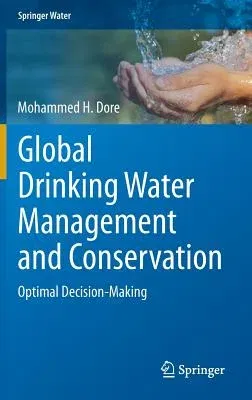Mohammed H Dore
(Author)Global Drinking Water Management and Conservation: Optimal Decision-Making (2015)Hardcover - 2015, 10 October 2014

Qty
1
Turbo
Ships in 2 - 3 days
In Stock
Free Delivery
Cash on Delivery
15 Days
Free Returns
Secure Checkout

Part of Series
Springer Water
Print Length
303 pages
Language
English
Publisher
Springer
Date Published
10 Oct 2014
ISBN-10
3319110314
ISBN-13
9783319110318
Description
Product Details
Author:
Book Edition:
2015
Book Format:
Hardcover
Country of Origin:
NL
Date Published:
10 October 2014
Dimensions:
23.39 x
15.6 x
1.91 cm
ISBN-10:
3319110314
ISBN-13:
9783319110318
Language:
English
Location:
Cham
Pages:
303
Publisher:
Series:
Weight:
630.49 gm